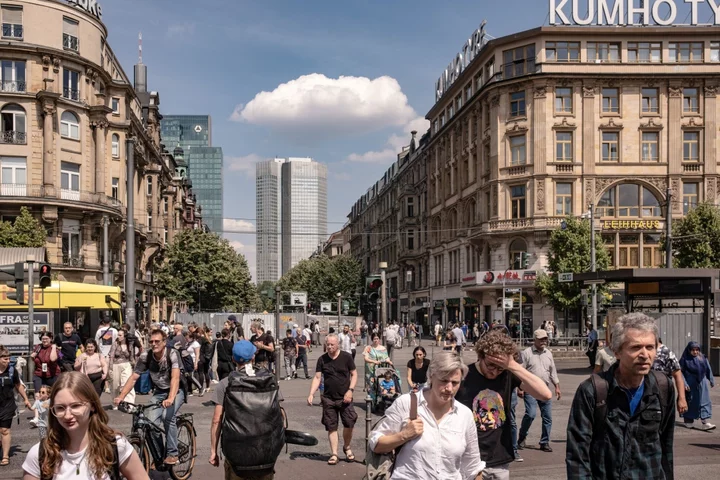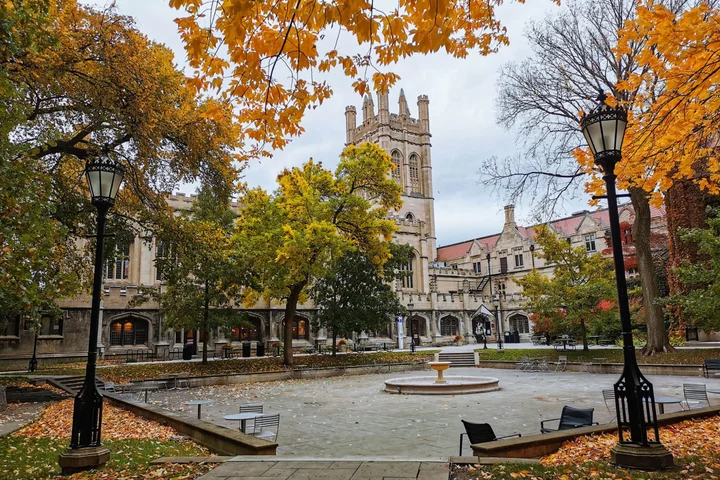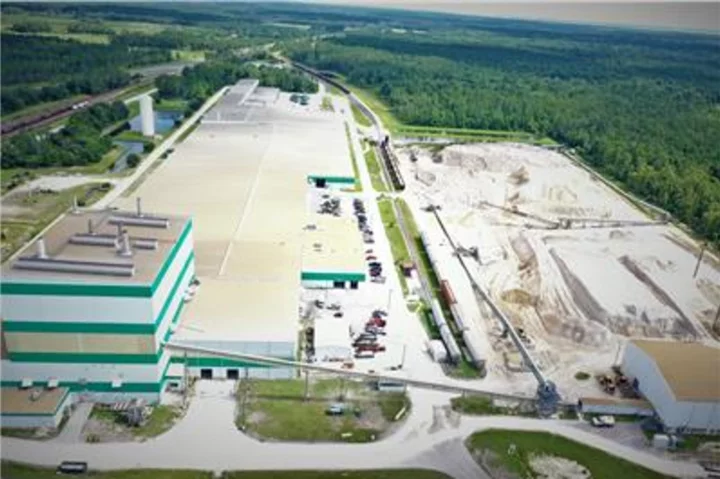In Germany, mild summers are becoming a thing of the past. In areas where green pastures used to flourish, fields now lie yellow. Species of tropical mosquitoes normally found in Asia have been spotted in Bavaria. Summer temperatures frequently exceed 30 degrees Celsius (86 degrees Fahrenheit).
Germany is not prepared for the heat: Only about one in ten Germans own air conditioning - compared to nearly 90% of households in the U.S. - and almost a third of the population is over 60, which puts them at higher risk of heat-related health issues. This “new normal” has also caught the country off-guard: while Germans spent much of the last year debating how to heat their homes in the winter without Russian natural gas, relatively little attention has been paid to how people can stay cool in the summer.
The country is already experiencing some of the worst-case effects of rising temperatures. Roughly 1,600 people have died this year as a result of the heat, and in 2022 Germany saw the third most heat-related deaths in Europe after Italy and Spain. After years of drought, many regions are struggling to ensure they have enough water to meet the needs of households, industry and agriculture. In the central German city of Hanover, for example, residents who water their lawns on hot days this summer could be slapped with a €50,000 fine that would cover most of a year’s tuition at Harvard.
While the extreme heat abated somewhat at the beginning of August, regions of Germany are expected to get hotter again in coming days. And scientists predict things will only get worse: Around the middle of this century, Frankfurt’s climate is projected to be similar to the area around present-day Toulouse. By the end of the century, Berlin will resemble central Italy.
Part of the problem is that German cities were not designed for the heat. Central squares are often covered in concrete, clusters of glazed buildings — such as those in Frankfurt’s banking district — are built too close together, and few urban centers have prioritized planting trees.
The government is now playing catch-up. Last month, it passed a law to make city infrastructures more resilient, in terms of designing new buildings and retrofitting old ones. As part of that, municipalities now have to analyze how climate change might affect them and calculate its potential financial impact. But so far, details are vague about how such plans might be enacted.
“The problem with climate change is simply that politics are too reactive and only respond to extreme events,” said Claudia Kemfert, head of energy, transport and environment at the think tank DIW Berlin. “Adapting to climate change is not considered on a broad scale and hardly plays any role in urban planning.”
On the local level, officials in urban areas are looking at a variety of strategies to cool their cities: removing concrete coverings on pedestrian walkways, planting more greenery, creating more shaded areas below buildings for people to shelter under. In some places, dark street stones are already being replaced with lighter, less absorptive ones that reflect sunshine.
Some places are setting good examples. In Berlin, the Rummelsburger Bucht neighborhood is full of planted facades, green roofs and low-concrete areas that offer shade and soak up heat. Like a sponge, such green spaces absorb heavy rainfall and prevent sewage systems from overloading. Underground catch basins at Rummelsburger also allow rainwater to be stored and reused.
Mannheim, about an hour south of Frankfurt, erected a seven-kilometer green space for this year’s Federal Garden Show. The city now plans to keep part of this “fresh air corridor” up even after the event ends in October.
Both Frankfurt and Berlin have already introduced subsidies for sustainable projects such as rooftop gardens and green facades.
The government is also working on more immediate strategies to help Germans stay safe in the heat. Two weeks ago, the Federal Health Ministry announced the nation’s first heat protection plan, pledging to halve the number of last year’s heat-related deaths to roughly 4,000. Its first step was to publish a poster advising people to “stay in the shade” and “eat light meals.”
“If the heat lasts for three or four days, then inside temperatures are no longer cool and people don’t sleep well, which can create a severe burden,” said Andreas Matzarakis, a researcher on human biometeorology for the German Meteorological Service who has worked closely with government ministries and institutes on heat action plans. “That’s the case even for people with good adaptability, but can be a lot worse for vulnerable groups or those who have to work outside.”
As it devises its strategy, Germany’s health ministry has said it is drawing inspiration from France, where a heat warning system has been in place since a severe heat wave killed over 15,000 people in August 2003. That system ramps up every year between June and mid-September and has led to a reduction in heat-related deaths.
With temperatures in Germany continuing to rise, air-conditioners and heat pumps — which also help cool spaces — will inevitably be part of the solution. Yet given the negative effects that air conditioning has on the climate, it should be treated as a “last resort” and reserved for hospitals, schools and care facilities, cautioned Christine Lemaitre, Executive Director of the German Sustainable Building Council.
Lemaitre also noted that not only infrastructure will need to change, but also how people live.
“Perhaps people need longer breaks at midday and to work longer hours in the evening,” she suggested, echoing calls for midday Spanish-style “siestas” for German workers. “An open-air swimming pool, for example, can no longer close at 7 p.m. in summer,” she added. “We must adapt our lifestyles to new climate conditions.”









